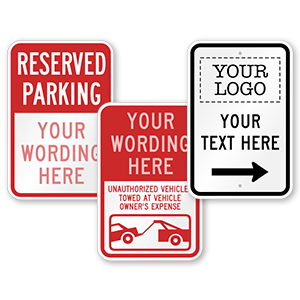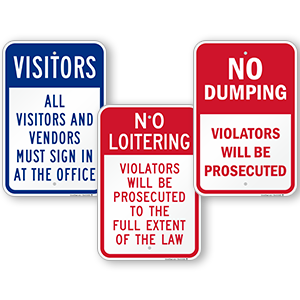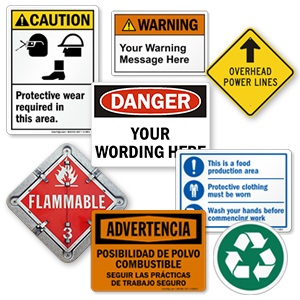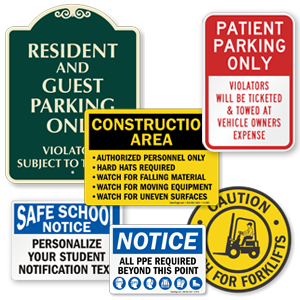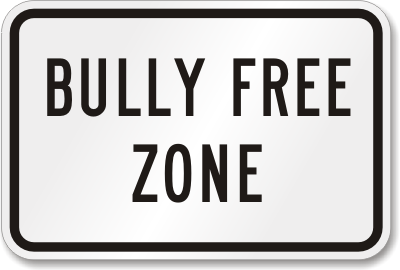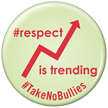Workplace bullying costs companies billions, wrecks victims’ health
35 percent of employees have been bullied in the workplace (via Glassdoor).
Plebe. Newbie. Rookie. Punk. These words are flung around in the corporate world, as told by a former Goldman Sachs executive, Greg Smith. From experiences at the beginning of his time at the firm as an intern in 2000, Smith recounts how several of the firm’s partners cultivated an environment of intimidation and humiliation by ridiculing subordinate employees in front of their peers.
Stories like Smith’s inspired this post. We recently brought you a post discussing cyberbullying. However, bullying is not limited to the schoolyard or the net, and its victims aren’t limited to just children. Adults can also be casualties of intimidation and coercion. It’s harder to talk about — we assume that adults have more resources and autonomy, with the ability to simply walk away from an abusive situation. But at work, adults can be a captive audience, obligated to return day after day to the scene of harassment or discrimination.
According to the Workplace Bullying Institute, these acts fall under the definition of workplace bullying: repeated, health-harming mistreatment of one or more persons (the targets) by one or more perpetrators that takes one or more of the following forms: verbal abuse; offensive conduct/behaviors (including nonverbal) which are threatening, humiliating, or intimidating; [and] work interference — sabotage — which prevents work from getting done.
Workplace bullies are often represented on film, but mostly in comedies. Above is the passive-agressive Bill Lumbergh of “Office Space” (via Chicago Tribune).
Bullies can wield a great amount of power in the office. Robin Kowalski, a psychology professor at Clemson University, states that “In workplace bullying, you’re talking about adults who have a certain degree of self-control, so they are more devious and calculating.” Cutthroat business environments can breed bullies, where harsh ways of getting an upper hand might actually be rewarded. Societal perceptions render it difficult for victims to properly discuss and curtail the pain.
Remind coworkers that bullying is not acceptable in the office (via MySecuritySign.com).
In addition, many states prevent employees from taking actions against employers for emotional harm unless there’s a discriminatory or retaliatory component involved, such as race, gender, or whistle-blowing. Oftentimes employees are hesitant to present the issue, since they fear their job is at stake if they expose their tormentors.
In a recent interview with MySecuritySign.com, anti-bullying author, Carrie Goldman outlined the problem: “People who are being bullied in the workplace are usually so frightened of retaliation…that they are less likely to make a report.” This is exacerbated by a tough job market, when losing a job could mean a long-term loss of income and trouble meeting financial obligations or taking care of a family.
Annette Prada of New Mexico was reportedly driven to suicide by workplace bullying — an outcome that a WBI study showed 29% of bullied targets consider, and 16% have a plan to execute. (via SantaFeNewMexican.com).
According to the Workplace Bullying Institute, workplace and schoolyard bullying share underlying principles. Joe Grimm, a Michigan State University journalism professor states, “When bullies get out of school, they don’t stop being bullies.” The abuse that culminates in the professional world widely mirrors some of the long term physiological, psychological and emotional effects from school bullying: cardiovascular disease, antisocial disorders, anxiety, depression, and suicide.
Should employers make eradicating bullying in their offices a priority? If preventing trauma isn’t cause enough, companies should consider their bottom line. Workplace bullying costs the US economy an estimated $360 billion annually due to turnover and decreased work productivity. Is this incentive enough to take a firm stance? It certainly poses a tangible reason to give workplace bullying the boot, but it’s also crucial for employers to be aware of the extent of more personal impacts.
-M. Miles



